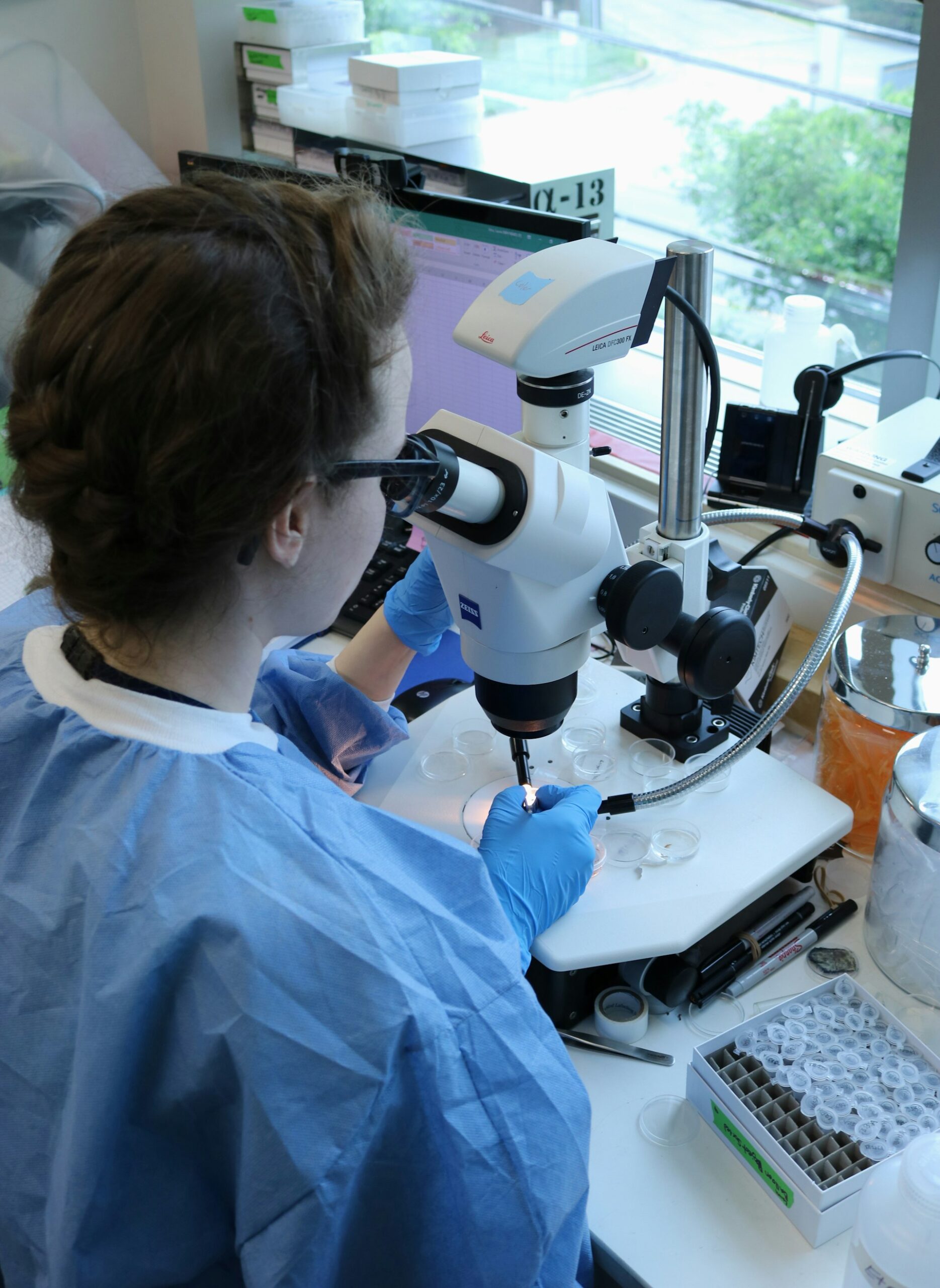Marine Technology Transforming Coral Reef Restoration: Modern Approaches and How to Get Involved

Photo by Max Kukurudziak on Unsplash
Introduction: The Urgency of Coral Reef Restoration
Coral reefs are critical to marine biodiversity, coastal protection, and the economic vitality of coastal communities. However, threats such as climate change, pollution, and overfishing have led to alarming rates of reef degradation worldwide. In response, the global scientific community and conservation organizations are leveraging advanced marine technology to restore and protect these vital ecosystems. This article provides a comprehensive overview of the latest technological solutions in coral reef restoration, actionable guidance for getting involved, and practical steps to access opportunities in this rapidly evolving field.
Innovative Marine Technologies Driving Reef Restoration
1. Autonomous Underwater Robots and Drones
Autonomous technology has dramatically improved the scale and efficiency of coral restoration. Drones are now used for aerial mapping, real-time monitoring, and automated planting. Underwater robots like the “LarvalBot” can deploy thousands of coral larvae or fragments in a single day, covering areas unreachable by human divers. For example, LarvalBot, developed by researchers at Southern Cross University and the Great Barrier Reef Foundation, collects coral spawn during mass spawning, rears larvae in specialized tanks, and deploys them onto targeted reef areas. The process is monitored using real-time video feeds, allowing for precise adjustments and increased survival rates. Following its first deployment, LarvalBot successfully distributed over 100,000 coral larvae, with subsequent studies showing significant increases in coral settlement rates where the technology was used [1] .
To learn more about projects using underwater robots for coral restoration, you can search for “LarvalBot coral restoration” or visit the Southern Cross University and Great Barrier Reef Foundation’s official websites for updates on their ongoing initiatives.

Photo by Joan Li on Unsplash
2. Advanced Feeding and Environmental Support Systems
A new generation of marine devices is designed to enhance coral survivorship by supplementing their natural diets. The UZELA device, for example, increases available feeding opportunities for corals by providing a steady supply of zooplankton. Research indicates that this approach can meet 18-68% more of the corals’ metabolic demands, resulting in higher survival and persistence rates. Although current UZELA units are handmade, efforts are underway to make them commercially available in the near future [2] .
If you are interested in supporting or deploying this technology, consider reaching out to marine science departments at universities like Ohio State University or the University of Hawai’i at Manoa, which are leading research in this area. You can also look for updates on upcoming commercial releases of UZELA technology through these institutions and their affiliated foundations.
3. Scalable Coral Nurseries and Outplanting Systems
The use of in-situ coral nurseries has become a global standard for scalable reef restoration. Organizations such as the Coral Restoration Foundation have pioneered the use of the Coral Treeâ„¢ system-a cost-effective structure for growing coral fragments underwater in their natural environment. Once mature, these corals are carefully transplanted to restoration sites.
Outplanting techniques are tailored to different coral species and environments, ensuring optimal survival and growth. High-resolution photomosaic monitoring tracks the impact of these efforts over time, providing data-driven feedback for continuous improvement. The Coral Restoration Foundation operates some of the world’s largest in-situ nurseries and provides training to groups worldwide [3] .
To get involved or learn about volunteer opportunities, you can contact the Coral Restoration Foundation directly through their official website. Many organizations offer hands-on training and citizen science programs for those interested in supporting restoration work.
4. Biorockâ„¢ Mineral Accretion Technology
Biorockâ„¢ technology utilizes low-voltage electrical currents to promote mineral accretion on submerged structures, effectively growing limestone rock and enhancing coral growth rates. This method boosts coral resilience to environmental stressors and accelerates the recovery of degraded reefs-even where natural regeneration is otherwise impossible. Over 500 Biorockâ„¢ reef structures have been deployed in about 40 countries, with especially notable success in Indonesia [4] .
To explore involvement with Biorockâ„¢ projects, search for organizations such as the Global Coral Reef Alliance or Biorock Indonesia. These groups often collaborate with local communities and offer training for volunteers and professionals interested in marine restoration.
5. Coral IVF and Community-Based Restoration
Coral IVF is a technique in which researchers collect excess coral eggs and sperm during mass spawning events, rear millions of baby corals in floating pools, and then transplant them onto damaged reefs. This method not only restores coral coverage but also enhances genetic diversity and long-term reef resilience. The Great Barrier Reef Foundation has successfully implemented Coral IVF and expanded it with community-led initiatives like Boats4Corals, training local stakeholders in restoration methods and deploying coral fragments across large areas [5] .
To participate, you may reach out to marine conservation groups in your region or look for local coral restoration projects. Many organizations provide training and welcome assistance from recreational boaters, divers, and citizen scientists.
How to Access Opportunities in Marine Technology-Driven Reef Restoration
If you are interested in supporting, funding, or participating in coral reef restoration, consider these practical steps:
- Research local and global organizations: Look for established groups like the Coral Restoration Foundation, Global Coral Reef Alliance, or the Great Barrier Reef Foundation. Visit their official websites or contact them for information about volunteer programs, internships, or training sessions.
- Contact academic institutions: Many universities are at the forefront of marine technology research. Reach out to marine science departments or research institutes at universities such as Southern Cross University, Ohio State University, or the University of Hawai’i at Manoa to inquire about ongoing projects and collaboration opportunities.
- Stay informed about emerging technologies: Follow reputable marine science news platforms for updates on new devices and restoration techniques. You can subscribe to newsletters or RSS feeds from the organizations cited in this article for the latest advancements.
- Engage in citizen science: Many reef restoration projects rely on community involvement. Look for local training workshops or citizen science initiatives that allow you to contribute data, assist with monitoring, or help plant coral fragments.
- Support funding initiatives: Restoration projects often rely on donations and grants. Consider supporting reputable organizations financially or by raising awareness within your network.
When seeking to volunteer or participate, you may use search terms such as “coral reef restoration volunteer,” “marine technology reef recovery,” or “coral nursery programs near me.” Always ensure you are interacting with legitimate, established organizations.
Potential Challenges and How They Are Addressed
Despite the promise of marine technology in reef restoration, significant challenges remain. Restoration cannot fully compensate for ongoing threats like ocean warming and acidification caused by climate change. Most experts emphasize that technology-driven solutions are critical for buying time as broader environmental policies and mitigation efforts are implemented [2] .
Other challenges include ensuring genetic diversity among restored corals, securing sustainable funding, and adapting technologies to diverse marine environments. To overcome these obstacles, leading organizations are focusing on community training, adaptive management, and integrating restoration with large-scale conservation strategies.
Alternative Approaches and Future Directions
While advanced technologies are expanding the scale and impact of restoration, alternative and complementary approaches are also crucial:
- Policy advocacy: Supporting policy initiatives that reduce greenhouse gas emissions and protect marine habitats remains essential for long-term reef survival.
- Education and outreach: Raising awareness about the importance of reefs and the role of restoration can mobilize broader public support.
- Innovative funding: Some organizations are exploring novel funding mechanisms, such as blue bonds or conservation credits, to ensure the sustainability of restoration projects.
As marine technology continues to advance, restoration strategies will become more efficient, data-driven, and globally accessible. By getting involved now, you can contribute to a brighter future for the world’s coral reefs.
References
- Marine Biodiversity Canada (2025). How Drones Are Revolutionizing Coral Reef Restoration.
- Ohio State University News (2025). New technology lights way for accelerating coral reef restoration.
- Coral Restoration Foundation (2025). Restoration Process Overview.
- Global Coral Reef Alliance (2019). Biorock Coral Reef Marine Habitat Restoration.
- Great Barrier Reef Foundation (2025). Reef Restoration Projects.



